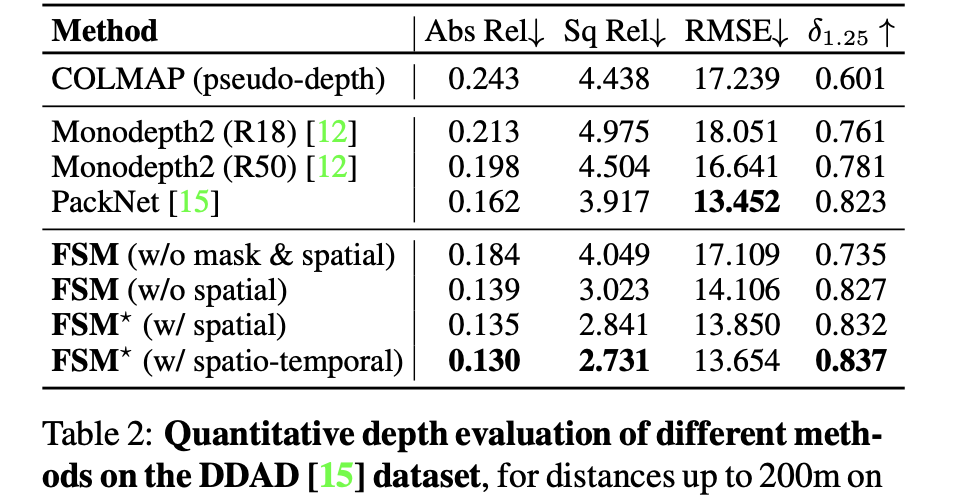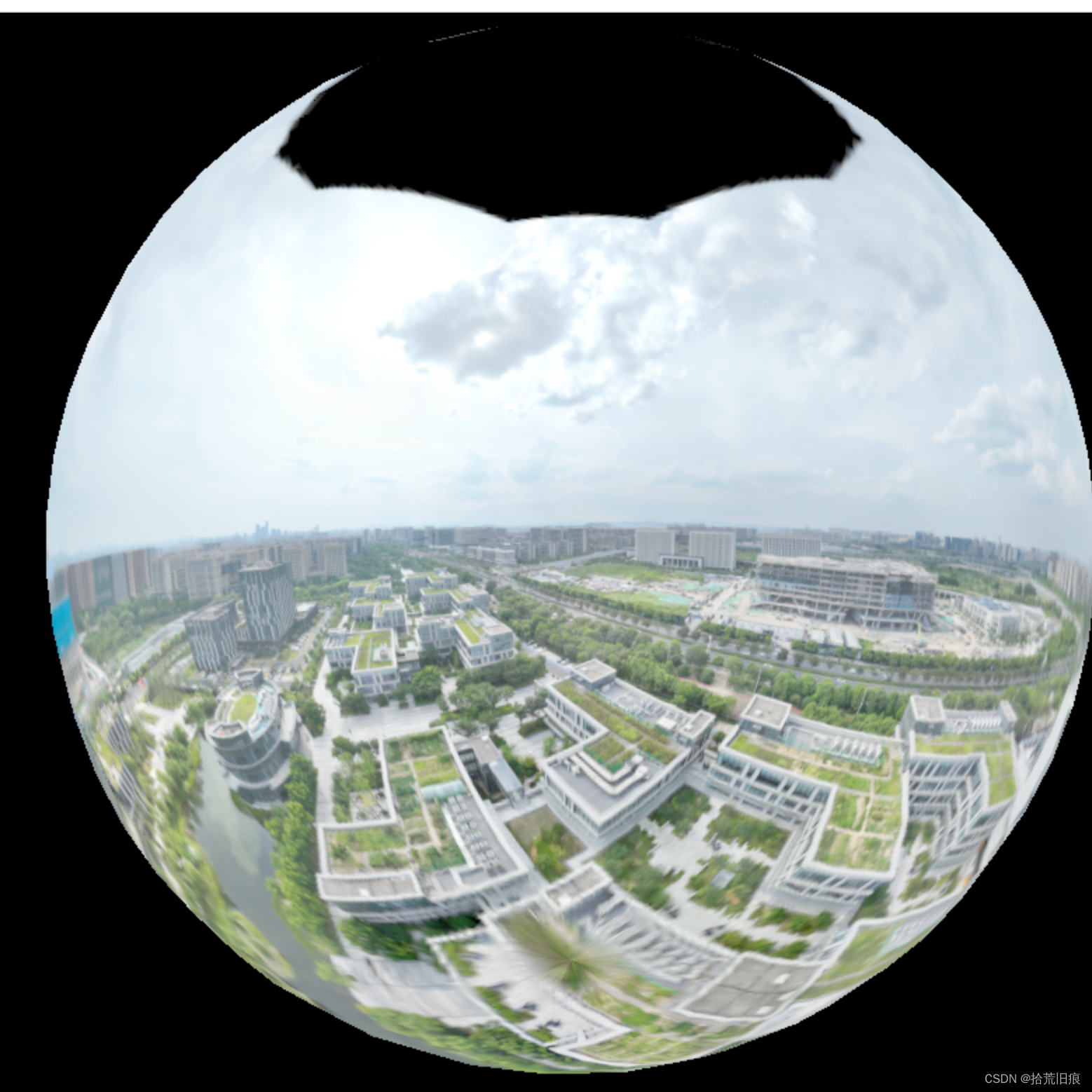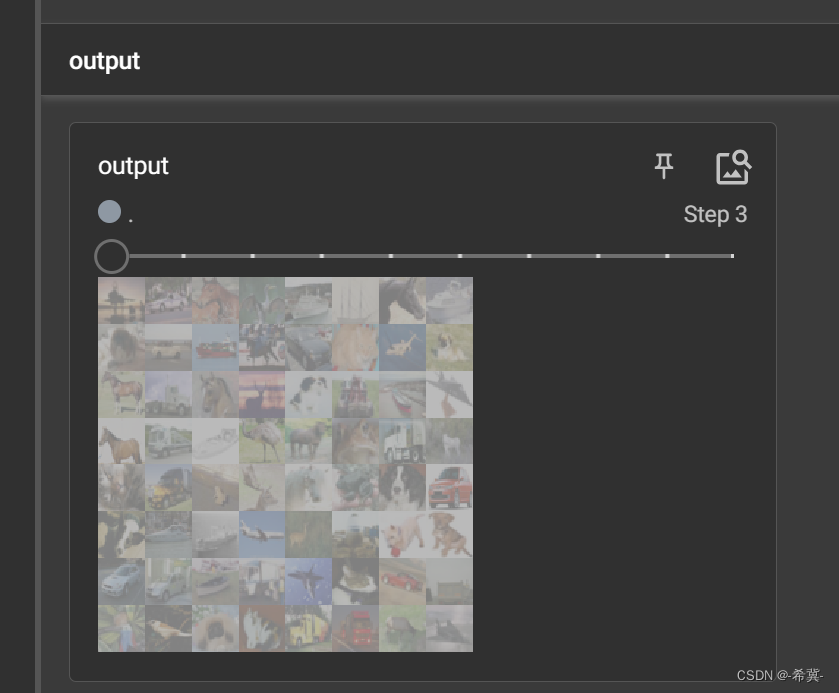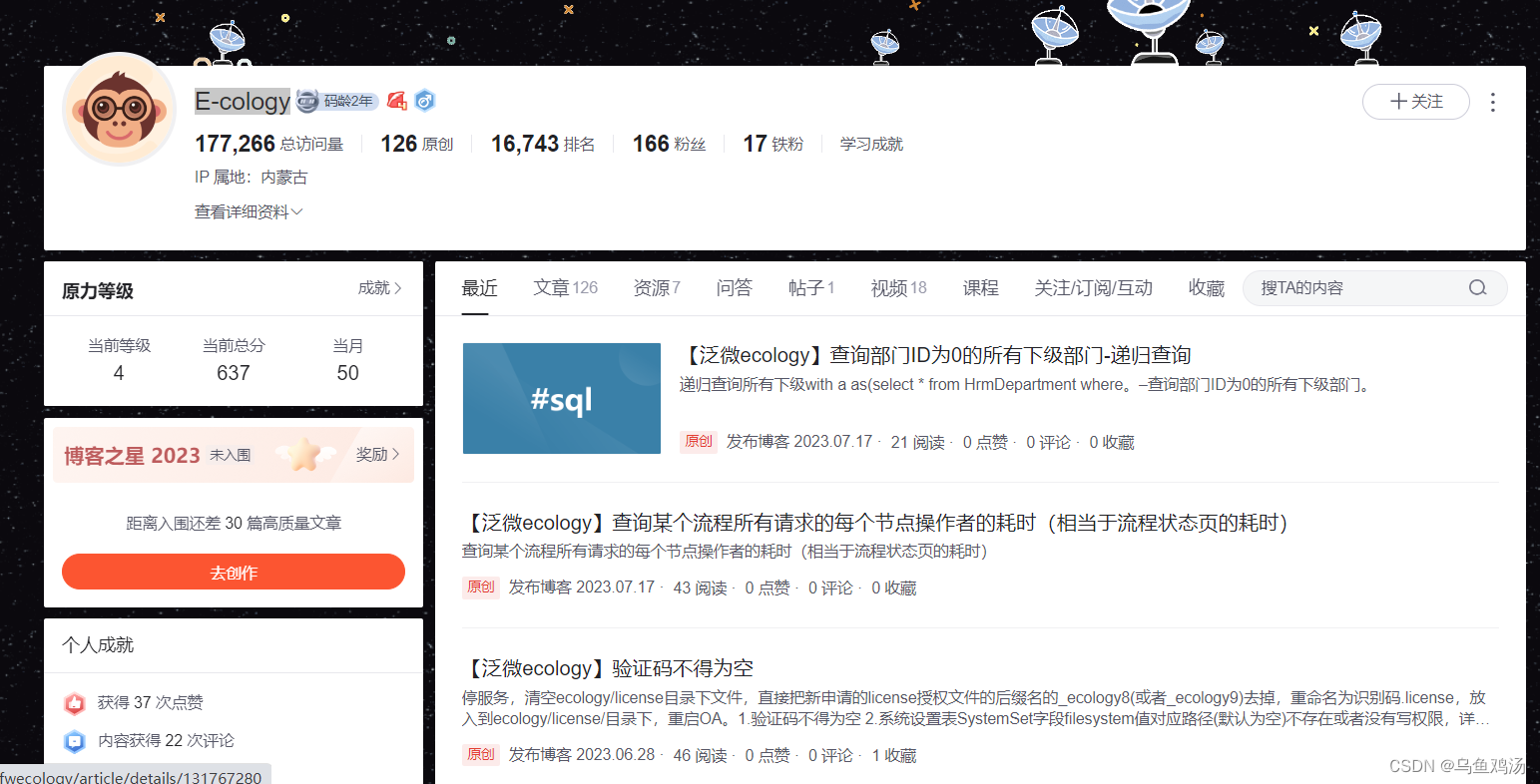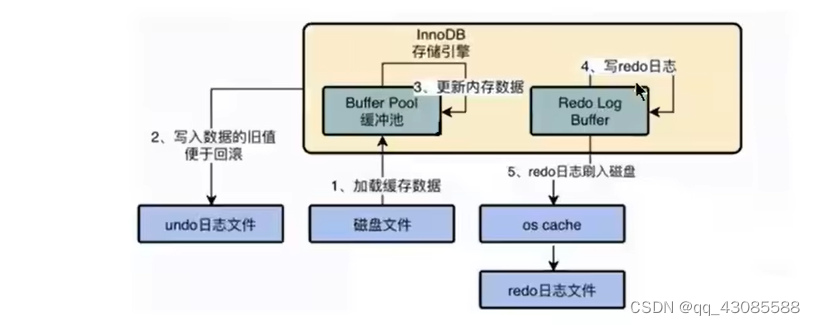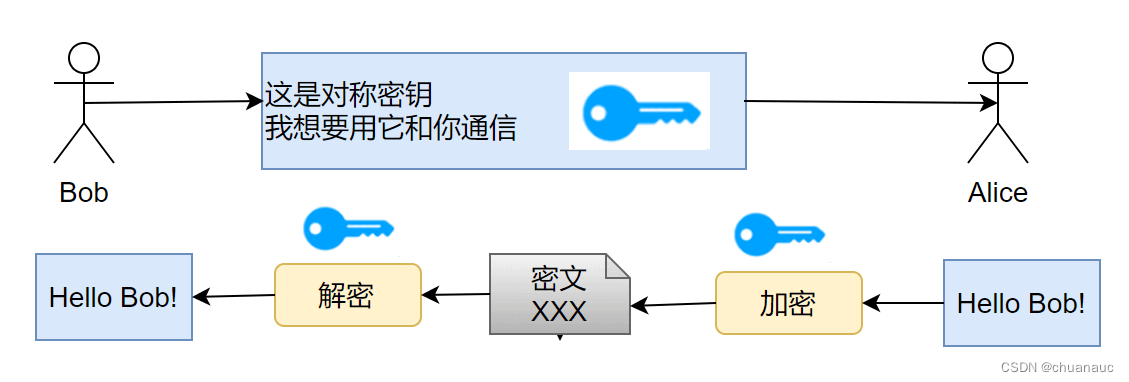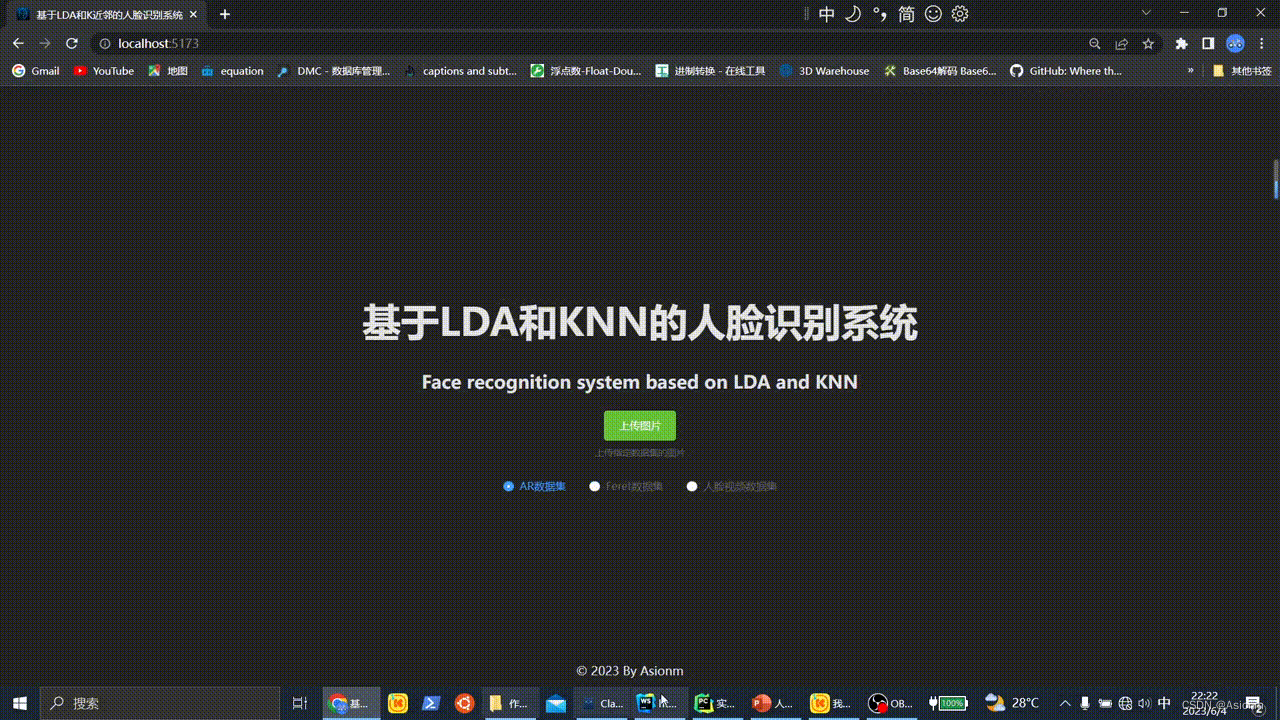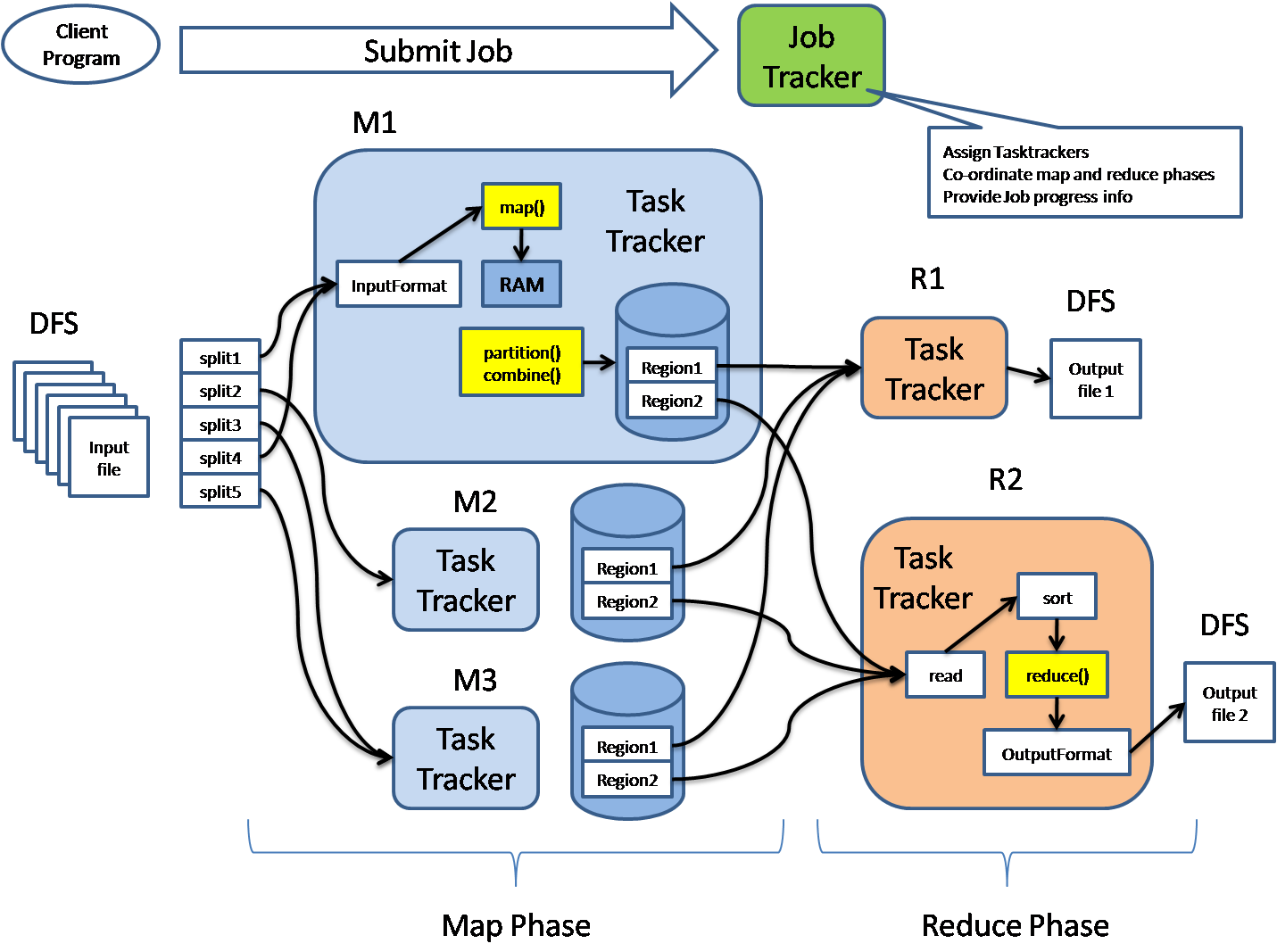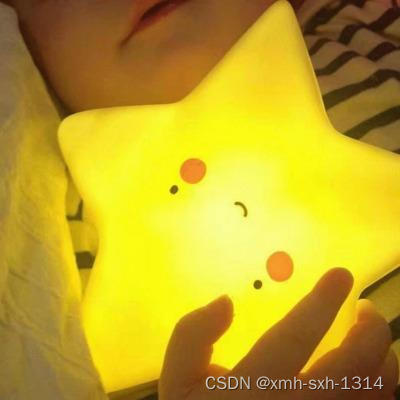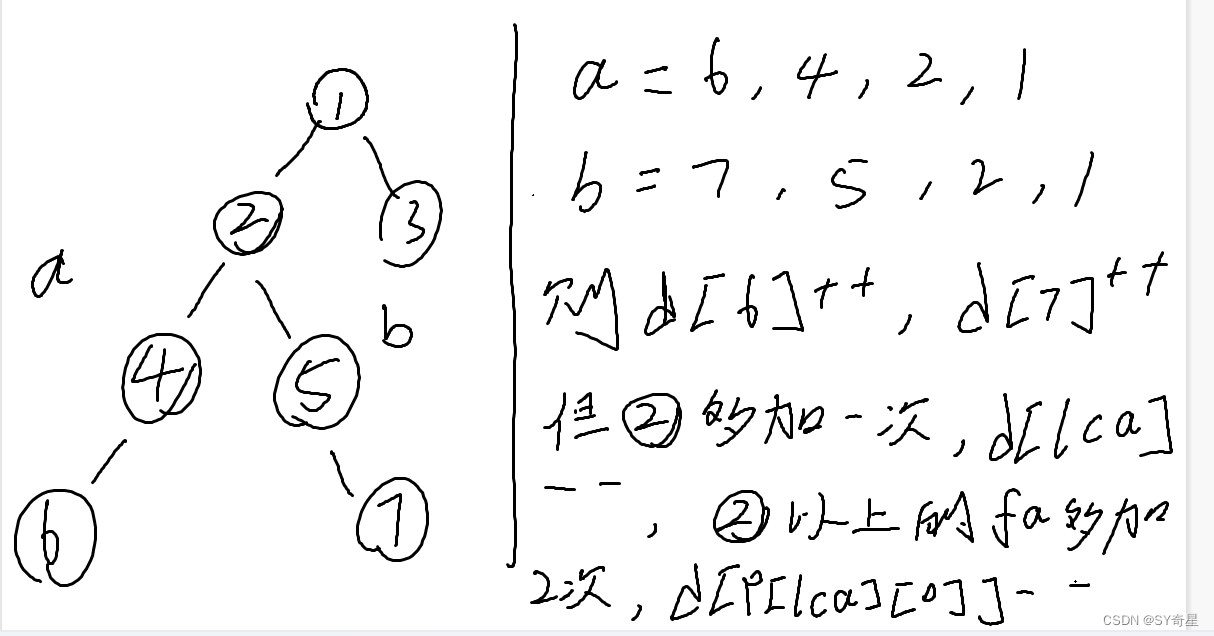文章目录
- 案例引入
- 介绍
- 基本介绍
- 类图
- 出场角色
- 案例实现
- 案例一
- 类图
- 代码实现
- 案例二
- 类图
- 代码实现
- 外观模式在Mybatis源码中的应用
- 总结
- 文章说明
案例引入
在家庭影院中,要享受一场电影,需要如下步骤:
- 直接用遥控器:统筹各设备开关
- 开爆米花机
- 放下屏幕
- 开投影仪
- 开音响
- 开DVD,选dvd
- 去拿爆米花
- 调暗灯光
- 播放
- 观影结束后,关闭各种设备
【传统方案实现】
创建多个类,分别表示各种机器,然后每个类里面有相应机器的操作方式,最后在主类中分别创建每种机器的对象,并调用其方法来控制机器

缺点:
- 如果设备较多,操作流程会比较复杂
- 在ClientTest 的main方法中,创建各个子系统的对象,并直接去调用子系统(对象)相关方法,会造成调用过程混乱,没有清晰的过程
- 不利于在ClientTest 中,去维护对子系统的操作
改进:
- 定义一个高层接口,给子系统中的一组接口提供一个一致的界面(
比如在高层接口提供四个方法ready, play, pause, end),用来访问子系统中的一群接口,也就是说 就是通过定义一个一致的接口(界面类),用以屏蔽内部子系统的细节,使得调用端只需跟这个接口发生调用,而无需关心其他子系统的内部细节
介绍
基本介绍
- 外观模式,也叫“过程模式”
- 外观模式为子系统中的一组接口提供一个一致的界面,此模式定义了一个高层接口,这个接口使得各个子系统更加容易使用
- 使用外观模式可以为互相关联在一起的错综复杂的类整理出高层接口(API)。其中的Facade角色可以让系统对外只有一个简单的接口(API)。而且,Facade 角色还会考虑到系统内部各个类之间的责任关系和依赖关系,按照正确的顺序调用各个类。定义一个一致的接口,用于屏蔽内部子系统的细节,使得调用端只需跟这个接口发生调用,而无需关心这个子系统的内部细节
类图

- 外观类(Facade):为调用端提供统一的调用接口,外观类知道哪些子系统负责处理请求,从而将调用端的请求代理给适当子系统对象
- 子系统的集合:指模块或者子系统,处理Facade 对象指派的任务,他是功能的实际提供者。如果有需要,子系统之间可以互相调用
- 调用者(Client):外观接口的调用者
出场角色
Facade(窗口):是代表构成系统的许多其他角色的“简单窗口”。Facade角色向系统外部提供高层接口(API)构成系统的许多其他角色:这些角色各自完成自己的工作,它们并不知道Facade角色。Facade角色调用其他角色进行工作,但是其他角色不会调用Facade角色Client(请求者):负责调用 Facade角色

案例实现
案例一
类图

代码实现
【子系统:DVD机】
package com.atguigu.facade;
/**
* DVD机
*/
public class DVDPlayer {
/**
* 使用单例模式, 使用饿汉式
*/
private static DVDPlayer instance = new DVDPlayer();
public static DVDPlayer getInstance() {
return instance;
}
/**
* 开机
*/
public void on() {
System.out.println(" dvd on ");
}
/**
* 关机
*/
public void off() {
System.out.println(" dvd off ");
}
/**
* 播放
*/
public void play() {
System.out.println(" dvd is playing ");
}
/**
* 暂停
*/
public void pause() {
System.out.println(" dvd pause ..");
}
}
【子系统:爆花机】
package com.atguigu.facade;
/**
* 爆米花机,用于制作爆米花
*/
public class Popcorn {
private static Popcorn instance = new Popcorn();
public static Popcorn getInstance() {
return instance;
}
public void on() {
System.out.println(" popcorn on ");
}
public void off() {
System.out.println(" popcorn ff ");
}
/**
* 出爆米花
*/
public void pop() {
System.out.println(" popcorn is poping ");
}
}
【子系统:投影仪】
package com.atguigu.facade;
/**
* 投影仪
*/
public class Projector {
private static Projector instance = new Projector();
public static Projector getInstance() {
return instance;
}
public void on() {
System.out.println(" Projector on ");
}
public void off() {
System.out.println(" Projector off ");
}
/**
* 聚焦
*/
public void focus() {
System.out.println(" Projector is Projector ");
}
}
【子系统:屏幕】
package com.atguigu.facade;
/**
* 屏幕
*/
public class Screen {
private static Screen instance = new Screen();
public static Screen getInstance() {
return instance;
}
/**
* 屏幕往上升
*/
public void up() {
System.out.println(" Screen up ");
}
/**
* 屏幕下降
*/
public void down() {
System.out.println(" Screen down ");
}
}
【子系统:立体声】
package com.atguigu.facade;
/**
* 立体声
*/
public class Stereo {
private static Stereo instance = new Stereo();
public static Stereo getInstance() {
return instance;
}
public void on() {
System.out.println(" Stereo on ");
}
public void off() {
System.out.println(" Screen off ");
}
public void up() {
System.out.println(" Screen up.. ");
}
}
【子系统:灯光】
package com.atguigu.facade;
/**
* 灯光
*/
public class TheaterLight {
private static TheaterLight instance = new TheaterLight();
public static TheaterLight getInstance() {
return instance;
}
public void on() {
System.out.println(" TheaterLight on ");
}
public void off() {
System.out.println(" TheaterLight off ");
}
/**
* 灯光调暗
*/
public void dim() {
System.out.println(" TheaterLight dim.. ");
}
/**
* 灯光调亮
*/
public void bright() {
System.out.println(" TheaterLight bright.. ");
}
}
【外观类】
package com.atguigu.facade;
/**
* 影院外观
*/
public class HomeTheaterFacade {
//--------------定义各个子系统对象----------------
private TheaterLight theaterLight;
private Popcorn popcorn;
private Stereo stereo;
private Projector projector;
private Screen screen;
private DVDPlayer dVDPlayer;
/**
* 构造器
*/
public HomeTheaterFacade() {
super();
this.theaterLight = TheaterLight.getInstance();
this.popcorn = Popcorn.getInstance();
this.stereo = Stereo.getInstance();
this.projector = Projector.getInstance();
this.screen = Screen.getInstance();
this.dVDPlayer = DVDPlayer.getInstance();
}
/**
* 操作分成 4 步
*/
public void ready() {
popcorn.on();
popcorn.pop();
screen.down();
projector.on();
stereo.on();
dVDPlayer.on();
theaterLight.dim();
}
public void play() {
dVDPlayer.play();
}
public void pause() {
dVDPlayer.pause();
}
public void end() {
popcorn.off();
theaterLight.bright();
screen.up();
projector.off();
stereo.off();
dVDPlayer.off();
}
}
【客户端】
package com.atguigu.facade;
public class Client {
public static void main(String[] args) {
//这里直接调用外观类
HomeTheaterFacade homeTheaterFacade = new HomeTheaterFacade();
System.out.println("-------------------------------准备步骤-------------------------------");
homeTheaterFacade.ready();
System.out.println("-------------------------------电影播放-------------------------------");
homeTheaterFacade.play();
System.out.println("-------------------------------观看结束-------------------------------");
homeTheaterFacade.end();
}
}
【运行】
-------------------------------准备步骤-------------------------------
popcorn on
popcorn is poping
Screen down
Projector on
Stereo on
dvd on
TheaterLight dim..
-------------------------------电影播放-------------------------------
dvd is playing
-------------------------------观看结束-------------------------------
popcorn ff
TheaterLight bright..
Screen up
Projector off
Screen off
dvd off
Process finished with exit code 0
案例二
类图

代码实现
【数据库类】
package com.atguigu.facade.Sample.pagemaker;
import java.io.FileInputStream;
import java.io.IOException;
import java.util.Properties;
public class Database {
/**
*防止外部new出Database的实例,所以声明为private方法
*/
private Database() {
}
/**
* 根据数据库名获取Properties
* @param dbname
* @return
*/
public static Properties getProperties(String dbname) {
String filename = dbname + ".txt";
Properties prop = new Properties();
try {
prop.load(new FileInputStream(filename));
} catch (IOException e) {
System.out.println("Warning: " + filename + " is not found.");
}
return prop;
}
}
【数据文件】
hyuki@hyuki.com=Hiroshi Yuki
hanako@hyuki.com=Hanako Sato
tomura@hyuki.com=Tomura
mamoru@hyuki.com=Mamoru Takahashi
【Html文件输出】
package com.atguigu.facade.Sample.pagemaker;
import java.io.IOException;
import java.io.Writer;
/**
* 用于编写简单的Web页面
*/
public class HtmlWriter {
private Writer writer;
public HtmlWriter(Writer writer) { // 构造函数
this.writer = writer;
}
/**
* 输出标题
*
* @param title
* @throws IOException
*/
public void title(String title) throws IOException {
writer.write("<html>");
writer.write("<head>");
writer.write("<title>" + title + "</title>");
writer.write("</head>");
writer.write("<body>\n");
writer.write("<h1>" + title + "</h1>\n");
}
/**
* 输出段落
* @param msg
* @throws IOException
*/
public void paragraph(String msg) throws IOException {
writer.write("<p>" + msg + "</p>\n");
}
/**
* 输出超链接
* @param href
* @param caption
* @throws IOException
*/
public void link(String href, String caption) throws IOException {
paragraph("<a href=\"" + href + "\">" + caption + "</a>");
}
/**
* 输出邮件地址
* @param mailaddr
* @param username
* @throws IOException
*/
public void mailto(String mailaddr, String username) throws IOException {
link("mailto:" + mailaddr, username);
}
/**
* 结束输出HTML
* @throws IOException
*/
public void close() throws IOException {
writer.write("</body>");
writer.write("</html>\n");
writer.close();
}
}
【外观类】
package com.atguigu.facade.Sample.pagemaker;
import java.io.FileWriter;
import java.io.IOException;
import java.util.Properties;
public class PageMaker {
/**
* 防止外部new出PageMaker的实例,所以声明为private方法
*/
private PageMaker() {
}
/**
* 根据邮件地址和文件名来创建页面
* @param mailaddr
* @param filename
*/
public static void makeWelcomePage(String mailaddr, String filename) {
try {
Properties mailprop = Database.getProperties("maildata");
String username = mailprop.getProperty(mailaddr);
HtmlWriter writer = new HtmlWriter(new FileWriter(filename));
writer.title("Welcome to " + username + "'s page!");
writer.paragraph("欢迎来到" + username + "的主页。");
writer.paragraph("等着你的邮件哦!");
writer.mailto(mailaddr, username);
writer.close();
System.out.println(filename + " is created for " + mailaddr + " (" + username + ")");
} catch (IOException e) {
e.printStackTrace();
}
}
}
【主类】
package com.atguigu.facade.Sample;
import com.atguigu.facade.Sample.pagemaker.PageMaker;
public class Main {
public static void main(String[] args) {
PageMaker.makeWelcomePage("hyuki@hyuki.com", "welcome.html");
}
}
外观模式在Mybatis源码中的应用



总结
- 外观模式对外屏蔽了子系统的细节,因此外观模式降低了客户端对子系统使用的复杂性
- 外观模式对客户端与子系统进行解耦,让子系统内部的模块更易维护和扩展
- 通过合理的使用外观模式,可以帮我们更好的划分访问的层次
- 当系统需要进行分层设计时,可以考虑使用Facade模式
- 在维护一个遗留的大型系统时,可能这个系统已经变得非常难以维护和扩展,此时可以考虑为新系统开发一个Facade类,来提供遗留系统的比较清晰简单的接口,让新系统与Facade类交互,提高复用性
- 不能过多的或者不合理的使用外观模式,判断使用外观模式好还是直接调用模块好(如果子系统已经很简洁明了,就不需要使用外观模式了;如果子系统的调用很复杂,就可以使用外观模式)。要以让系统有层次,利于维护为目的
- 可以递归使用外观模式,比如一开始有几个独立的Facade了,它们分别负责不同的功能,还可以在更外层提取一个Facade来将那几个独立的Facade整合起来
文章说明
- 本文章为本人学习尚硅谷的学习笔记,文章中大部分内容来源于尚硅谷视频(点击学习尚硅谷相关课程),也有部分内容来自于自己的思考,发布文章是想帮助其他学习的人更方便地整理自己的笔记或者直接通过文章学习相关知识,如有侵权请联系删除,最后对尚硅谷的优质课程表示感谢。
- 本人还同步阅读《图解设计模式》书籍(图解设计模式/(日)结城浩著;杨文轩译–北京:人民邮电出版社,2017.1),进而综合两者的内容,让知识点更加全面

